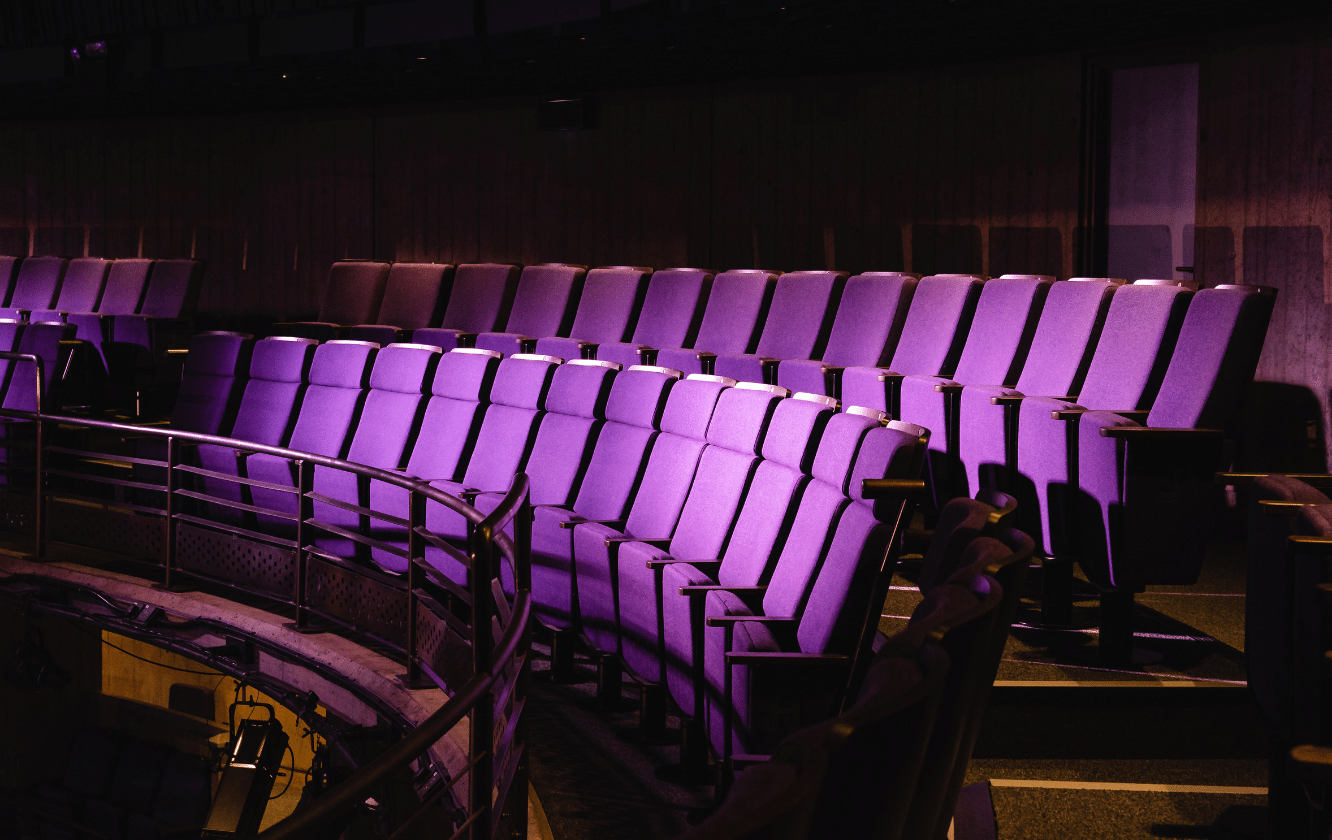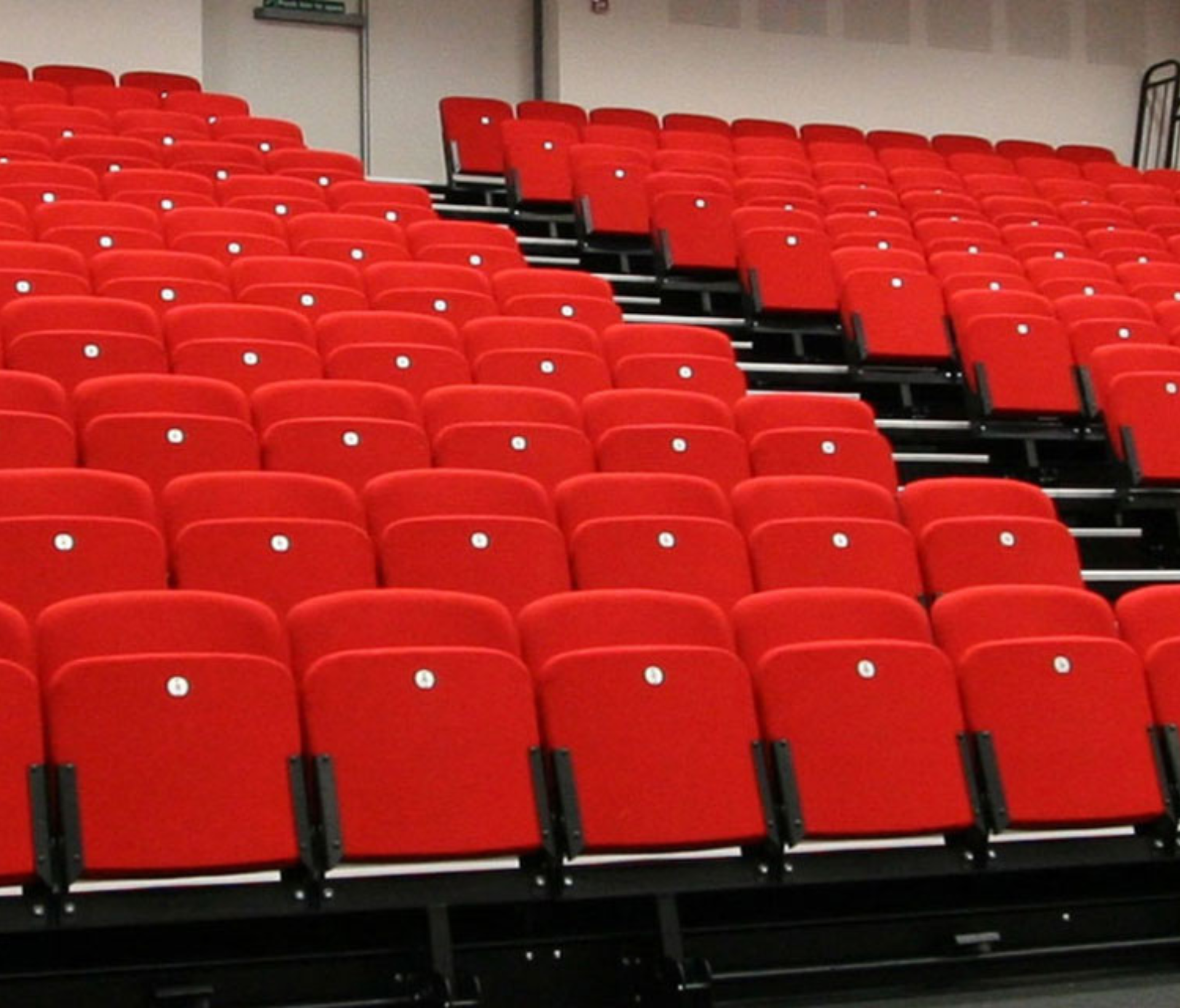
Advancements in Theatre Seating: Enhancing the Experience with Technology
Advancements in Theatre Seating: Enhancing the Experience with Technology
The theatre experience has been evolving significantly, with recent advancements in seating design and functionality leading the charge. As venues look to elevate comfort, accessibility, and engagement, seating has become a focal point in enhancing the audience’s overall experience. From cutting-edge technology to personalised interactions, these innovations are redefining how audiences interact with performance spaces. Let’s explore how theatre seating is advancing to meet modern demands.
Smart Seating Systems
Modern theatre seating is no longer just about comfort; it’s about experience. Theatres are now embracing technology to make seating more interactive. One of the most exciting advancements is the introduction of smart seating, where seats are equipped with features like in-built charging ports for devices, small interactive screens, integrated lighting and even seat-specific climate controls. Some theatres have taken it a step further by adding surround sound speakers built into the seatbacks, allowing for an immersive audio experience directly from the seating area.
Additionally, for venues that cater to long performances or those wanting to offer premium seating options, heating and cooling functions are becoming more common. These adjustable temperature-controlled seats provide the ultimate in comfort, especially in venues where climate regulation can vary.
Order-to-Seat Services
Imagine ordering a snack or drink during intermission without leaving your seat. This convenience is becoming a reality as many theatres adopt order-to-seat systems. By integrating digital ordering platforms with mobile apps, guests can order snacks, drinks, or even merchandise directly from their smartphones without leaving their seats. Once the order is placed, it’s delivered straight to them, ensuring they don’t miss a moment of the performance.
This not only reduces congestion at concession stands but also enhances the luxury of the experience, making it more convenient for theatre-goers and more efficient for venue operators. The trend of QR code menus and mobile apps for food and beverage orders is spreading, and theatres are embracing this technology to provide seamless service.
Sensory Enhancements: Creating Immersive Experiences
Modern theatres are also exploring how sensory additions can elevate the theatrical experience. Beyond sight and sound, seating is becoming part of the immersive experience with sensory features such as:
- Vibrating seats synchronised with key moments in the performance.
- Temperature-controlled seats to reflect the ambiance of a scene.
- Scent diffusers embedded in seat systems to subtly enhance the atmosphere of a show, transporting audiences into different worlds.
These sensory elements contribute to a more dynamic and engaging experience for audiences, particularly in experimental or immersive theatre settings.
Inclusivity and Sensory Accommodations
With the rise in awareness around inclusivity, theatres are also focusing on making the experience more accessible for all audience members, including those with sensory sensitivities or disabilities. Sensory seating is designed to address the needs of neurodivergent individuals, such as those with autism, ADHD, or sensory sensitivities. For example, some venues now offer adjustable sensory seating that allows guests to control the intensity of vibrations or sounds emanating from the seat. Additionally, quiet zones and sound-proof seating pods provide a more comfortable environment for neurodiverse audience members.
Modular and Reconfigurable Seating
Another exciting advancement in theatre seating is the introduction of modular and retractable seating systems. These flexible designs allow you to reconfigure spaces based on the type of event or audience size. With modular seating, venues can create intimate settings for smaller performances or expand seating capacity for larger productions with ease.
Retractable seating systems take this innovation further by allowing seating to be stowed away when not in use, freeing up valuable floor space for other events like galas, exhibitions, or interactive performances. This multi-functionality enables theatres to transition seamlessly between various formats, maximising their utility and appeal while also cutting down on the time and labour typically required for rearranging seating layouts.
A standout example of this innovation is our Principal Chair. Mounted on telescopic platforms, these fold-down chairs store conveniently within the retractable unit when not in use, freeing up space for diverse events.
For venues seeking both flexibility and efficiency, modular and retractable seating systems provide a versatile solution, ensuring the space can evolve to meet the needs of any event, from the grandest productions to more intimate, experimental performances. This adaptability makes it easier for theatres to cater to a diverse range of shows, increasing their relevance and reach within the community.
The Future of Theatre Seating
As technology continues to advance, the possibilities for theatre seating are expanding rapidly. From enhancing comfort and convenience to offering fully immersive, sensory-driven experiences, seating is playing a critical role in the transformation of live performances. At Race Furniture, we are at the forefront of these innovations, committed to designing seating solutions that not only meet the functional needs of theatres but also elevate the overall audience experience.
Whether it’s through smart integrations, sensory enhancements, or flexible design, the future of theatre seating is full of potential – and we’re excited to be part of it.
